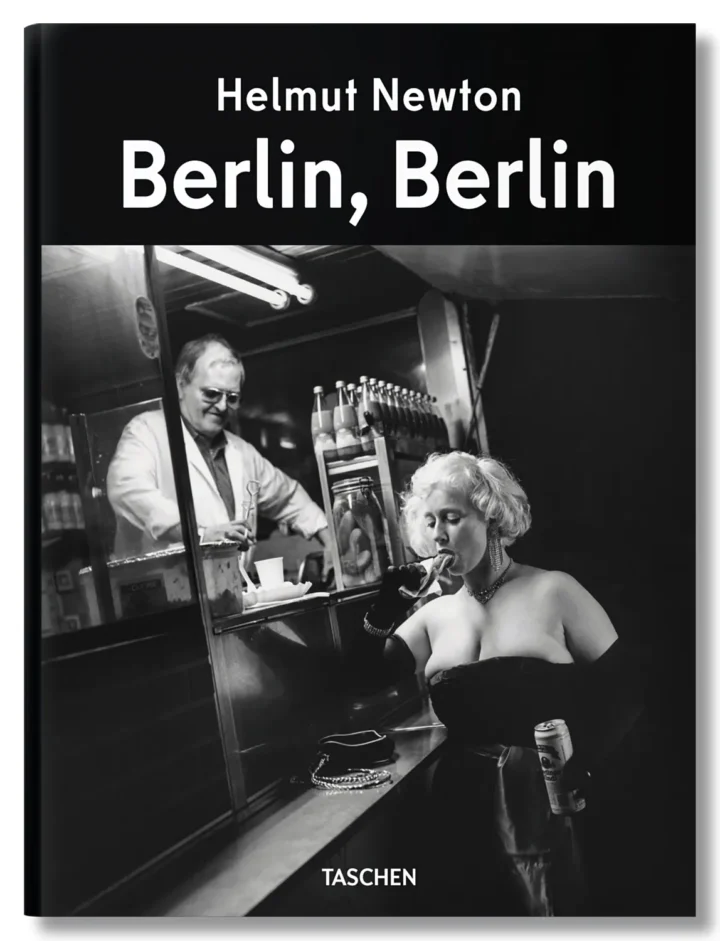Porcelain is a material that has fascinated people for centuries. It is hard, shiny, white and can be designed in a variety of shapes and colors. But where does this noble material come from and how did it become a symbol of art and culture?
The answer lies in the Saxon town of Meissen, which has been home to the first European porcelain manufactory since 1710. It was here that the secret of making porcelain from China was unlocked and a tradition of its own was established, which continues to this day.
The history of the Meissen Porcelain Manufactory begins with an alchemist named Johann Friedrich Böttger, who was commissioned by the Elector Augustus the Strong to search for the philosopher’s stone. This was supposed to be able to produce gold from base metals. During his experiments, however, Böttger discovered something else: He found out how to produce a material very similar to Chinese porcelain from a white clay called kaolin.
This was a sensation, because until then porcelain had only been known from China and was considered precious and exotic. The Elector immediately recognized the value of this discovery and had Böttger build a manufactory in Meissen to produce and market the new material.
The Meissen porcelain manufactory quickly developed into a center for art and craftsmanship. Under the direction of Böttger and later Johann Gregorius Höroldt, various techniques for shaping, glazing and painting porcelain were invented or improved. The famous Meissen trademarks, the crossed swords and the cobalt blue underglaze painting, were also introduced during this period.
Meissen porcelain artists created numerous masterpieces inspired by nature, mythology, history or the spirit of the times. Among the most famous works are the animal figures by Johann Joachim Kändler, the swan services by Johann Gottlieb Kirchner or the snowball flower vases by Johann Jakob Irminger.
The Meissen Porcelain Manufactory was not only a source of artistic innovation, but also a mirror of social change. Porcelain became a status symbol for the nobility and the bourgeoisie, demonstrating their wealth and taste. The motifs and forms of porcelain also reflected the political and cultural trends of the time, such as Rococo, Classicism and Historicism.
Today, the Meissen Porcelain Manufactory is still active and produces both traditional and modern porcelain art. It is a living testimony to the history and culture of Europe and a place where you can admire the beauty and diversity of porcelain.


